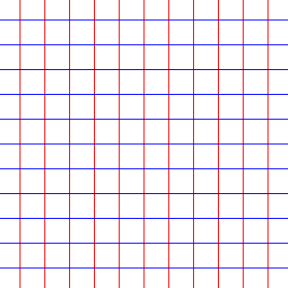Special conformal transformation


In projective geometry, a special conformal transformation is a linear fractional transformation that is not an affine transformation. Thus the generation of a special conformal transformation involves use of multiplicative inversion, which is the generator of linear fractional transformations that is not affine.
In mathematical physics, certain conformal maps known as spherical wave transformations are special conformal transformations.
Vector presentation
A special conformal transformation can be written[1]
It is a composition of an inversion (xμ → xμ/x2), a translation (xμ → xμ − bμ), and an inversion:
Its infinitesimal generator is
Alternative presentation
The inversion can also be taken[2] to be multiplicative inversion of biquaternions B. The complex algebra B can be extended to P(B) through the projective line over a ring. Homographies on P(B) include translations:
The homography group G(B) includes conjugates of translation by inversion:
The matrix describes the action of a special conformal transformation.
References
- ^ Di Francesco; Mathieu, Sénéchal (1997). Conformal field theory. Graduate texts in contemporary physics. Springer. pp. 97–98. ISBN 978-0-387-94785-3.
- ^ Arthur Conway (1911) "On the application of quaternions to some recent developments of electrical theory", Proceedings of the Royal Irish Academy 29:1–9, particularly page 9





